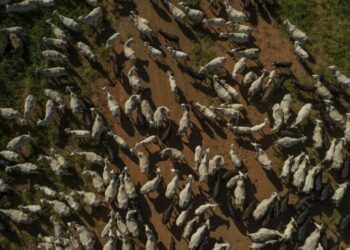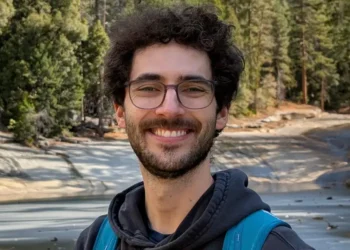Zohran Mamdani on his mayoral transition and what comes next
If one elected official had a breakout year in 2025, it’s New York City Mayor-elect Zohran Mamdani. The 34-year-old former...
Last bastion for cheap beef fades in the latest threat to affordability
Cheap beef may soon become further out of reach. Brazil, one of the world’s few remaining sources of abundant cattle,...
‘Punching down’: Comedian Jon Stewart under fire as mockery falls flat with progressives
Comedian Jon Stewart is under fire over his decision to “punch down” at COVID-cautious people still choosing to wear a...
OpenAI is hiring a ‘head of preparedness’ with a $550,000 salary to mitigate AI dangers that CEO Sam Altman warns will be ‘stressful’
OpenAI is looking for a new employee to help address the growing dangers of AI, and the tech company is...
When the Best New Year’s Plans Are No New Year’s Plans
Abigail Tufts can’t wait for New Year’s Eve. In years past, Ms. Tufts, 36, who lives in New York City...
Russia Threatens to Toughen Its Stance on Ending the War in Ukraine
With talks on ending the Ukraine war making little progress on the toughest issues, Russia issued a dramatic threat on...
I booked the wrong room on my first cruise, and it was my biggest regret of the 7-day voyage
Business Insider's reporter regretted booking a room at the front of Royal Caribbean's Wonder of the Seas. Joey Hadden/Business InsiderBooking...
America descended into a horrific darkness under Trump — but it was a necessary prelude
About a year ago, at the start of the Trump regime, a woman was about to pass me on the...
The 5 worst songs of 2025, from Kanye West and Will Smith to Lil Wayne
Not every song in 2025 was a winner. Some were overproduced, some were overhyped and some just left us wondering...
Sean ‘Diddy’ Combs’ Sons Justin and Christian to Tell All in New Docuseries
Sean “Diddy” Combs’ sons Justin and Christian are speaking out with a new docuseries produced by the Zeus Network slated...














